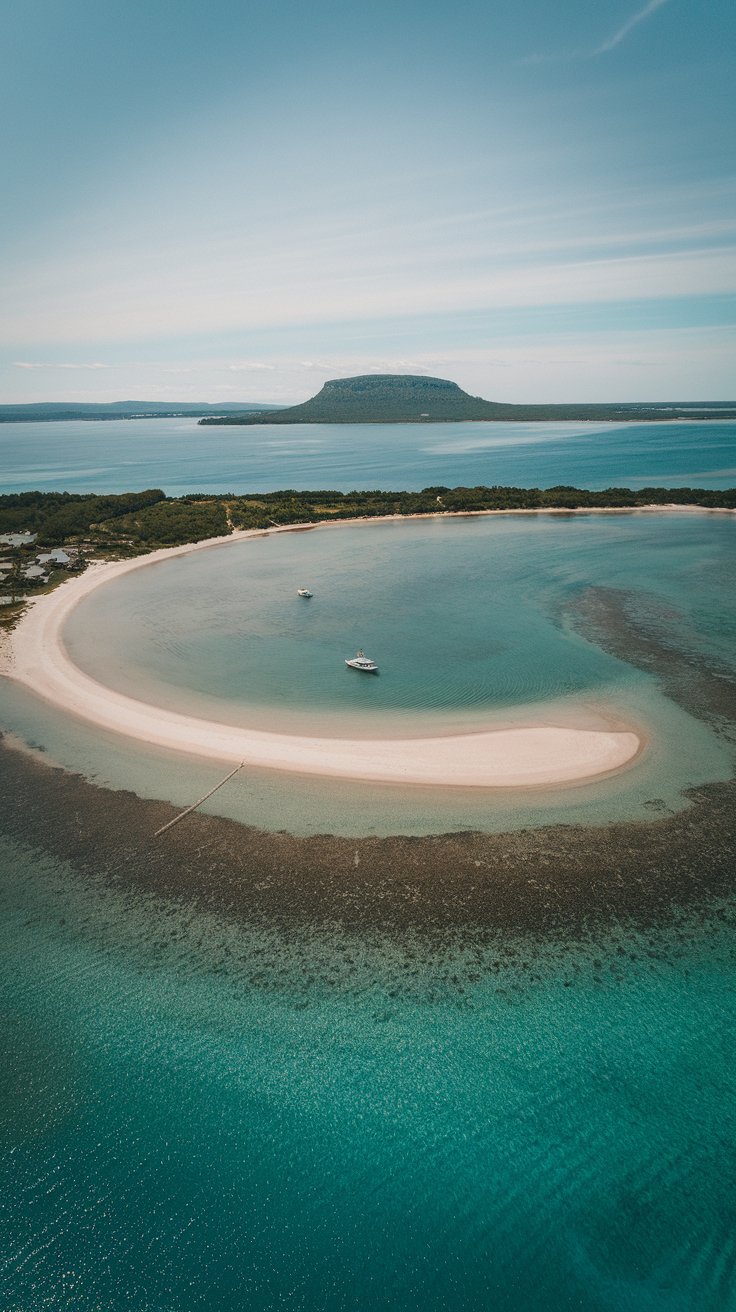Indonesia is the world’s largest archipelago, made up of over 14,000 lush, jungle-covered islands scattered like emeralds off the coast of Southeast Asia. Among them, five are considered major islands due to their vast landmass, while the rest are grouped into 30 smaller archipelagos, each with its own distinct charm.
From the volcanic ridges of Flores to the untamed wilderness of New Guinea—the only Indonesian island located in Oceania—these islands are filled with ancient cultures, rare wildlife, and some of the most dramatic landscapes on Earth. Below are the largest islands in Indonesia ranked by surface area, and why they deserve a spot on your travel list.
10. Flores (14,154 km²)
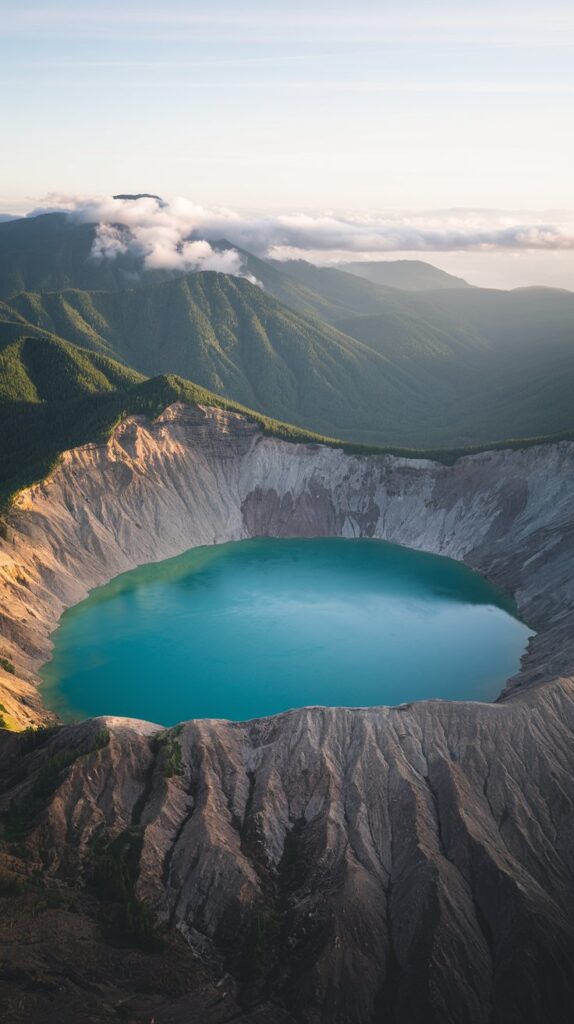
Sitting between Komodo and Lembata in the Lesser Sunda Islands, Flores—named “Flowers” by the Portuguese—is a beautiful island covered in dense green hills and volcanic peaks. Home to nearly two million people, it ranks among the top ten most populated islands in the country.
Flores is best known for Kelimutu Volcano, famous for its trio of crater lakes that change color depending on the minerals in the water. Hikers and nature lovers flock here to witness this surreal sight, while the island’s unspoiled villages and traditions offer a step back in time.
9. Sumbawa (14,386 km²)
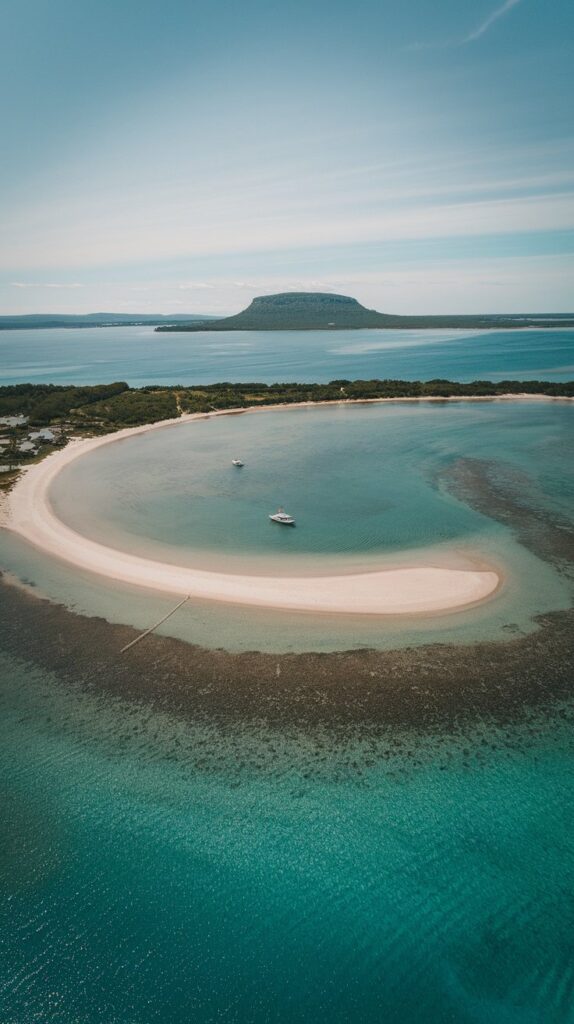
Tucked within the Lesser Sunda Islands, Sumbawa is a place of ancient trade, natural beauty, and untapped adventure. Once prized for its honey, sandalwood, and sappanwood, the island remains largely off the beaten track despite its central location between Bali, Lombok, and Flores.
The island is split between two main cultural groups—Sumbawarese in the west and Bimanese in the east—both maintaining strong traditions. With its mix of savannas, volcanoes, and quiet coastlines, Sumbawa is a paradise waiting to be discovered.
8. Seram (17,454 km²)

The largest island in the Maluku province, Seram is a haven for nature lovers. Towering mountains and lush rainforests cover the land, offering refuge to rare birds, endemic mammals, and saltwater crocodiles.
Seram is home to the deepest cave in Indonesia and one of the largest underground rivers in the world—the Sapalewa. With over 100 bird species, including 14 found nowhere else, Seram’s biodiversity is astonishing, making it a hidden gem for eco-tourism and adventure seekers.
7. Halmahera (18,040 km²)
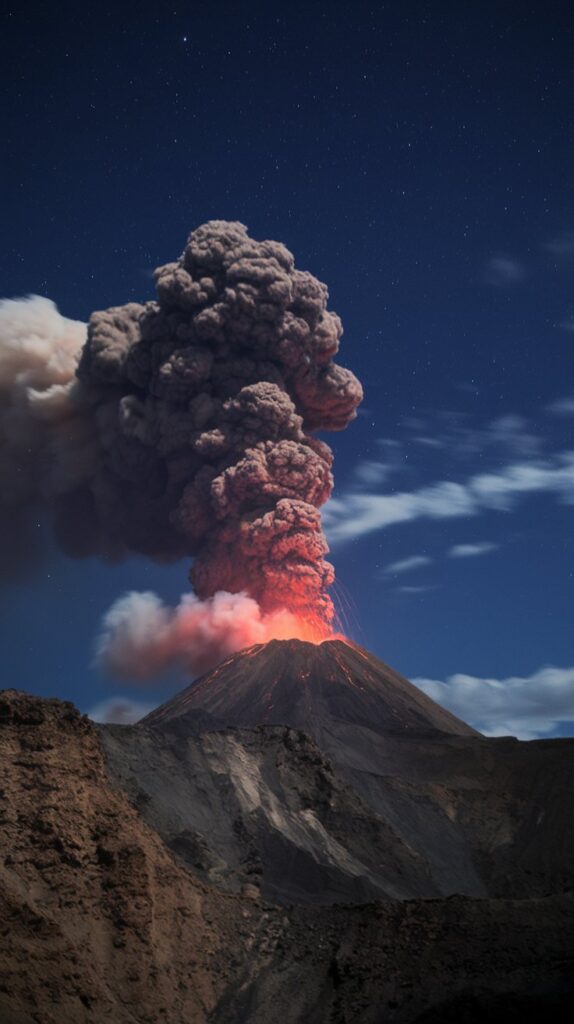
Once called Jilolo, the island of Halmahera is the largest of the Maluku Islands and a powerhouse of geological activity. Sitting on a volcanic chain near Raja Ampat, Halmahera features powdery beaches, dense forests, and a rugged interior shaped by ancient lava flows.
Despite its natural beauty, Halmahera remains relatively untouched by mass tourism. Its K-shape, volcanic peaks, and cultural depth make it a unique destination for travelers seeking something different from the typical island escape.
6. Timor (28,418 km²)
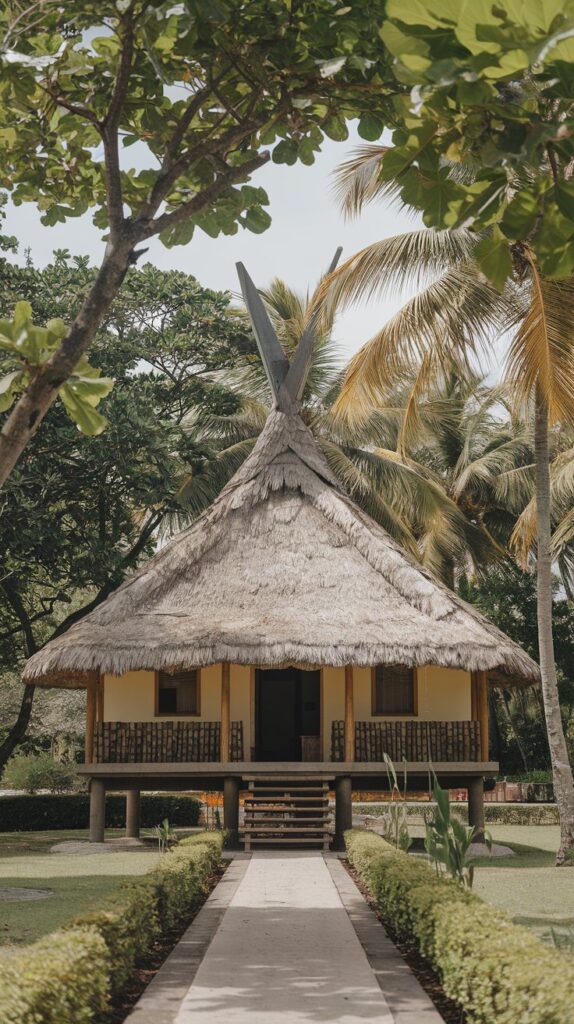
Shared by Indonesia and the sovereign nation of Timor-Leste, Timor Island lies in the far southeast of Maritime Southeast Asia. Its name, which means “east” in Malay, fits its geographical position perfectly as one of the region’s easternmost points.
Unlike many of its volcanic neighbors, Timor is geologically older and less active. Known for its fertile highlands and robust coffee production, Timor’s distinct culture and natural landscapes offer a different flavor of island life.
5. Java (138,794 km²)
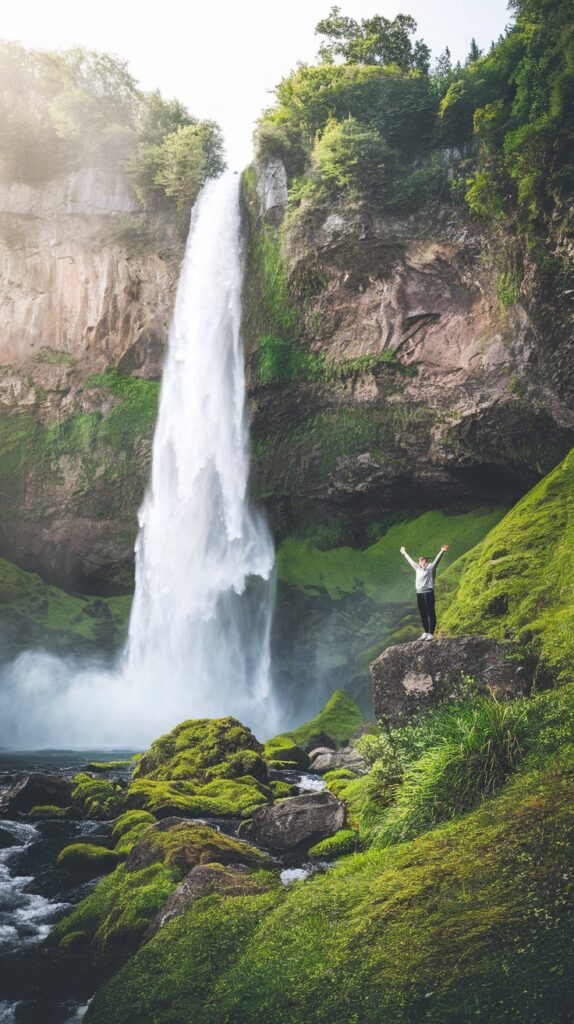
Java is a true giant. It’s the most populous island in Indonesia and the world, home to more than 140 million people—over half the country’s population. Framed by the Indian Ocean and the Java Sea, this island pulses with energy, culture, and history.
It’s been the heart of empires, kingdoms, and revolutions, and today, it’s a mosaic of languages, religions, and traditions. From the temples of Yogyakarta to the skyscrapers of Jakarta, Java is a land of contrasts and constant motion.
4. Sulawesi (180,681 km²)
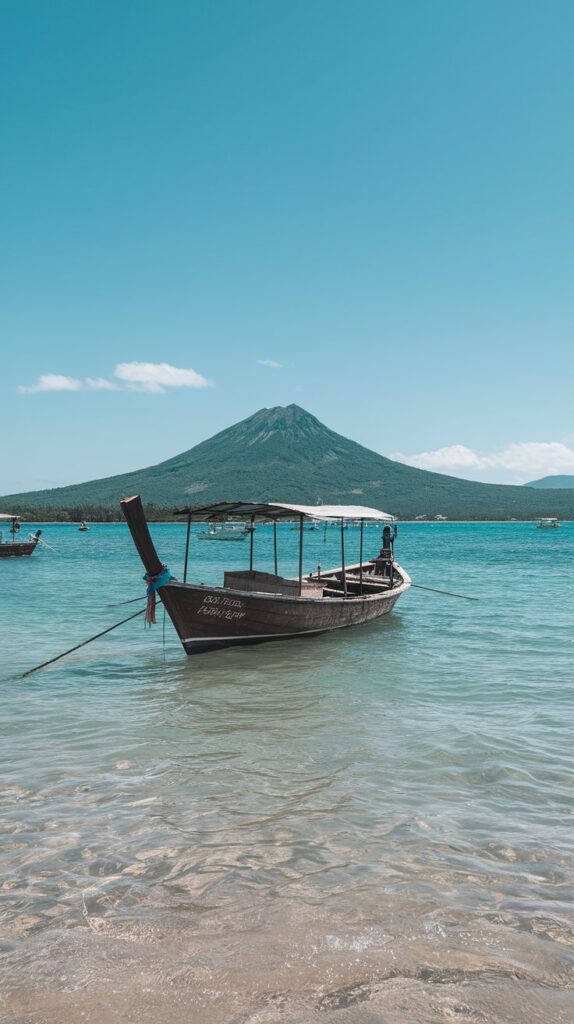
Sulawesi, or Celebes as it was once called, is one of Indonesia’s four Greater Sunda Islands. Its quirky shape—with four long peninsulas separated by deep bays—means getting around is often easier by boat than by road.
Despite being overshadowed by its tourist-heavy neighbors like Bali, Sulawesi has a lot to offer: vibrant traditional markets, serene beaches, rich coral reefs, and remote highland villages. It’s a paradise for divers, culture lovers, and anyone looking for a raw and authentic island experience.
3. Sumatra (473,481 km²)
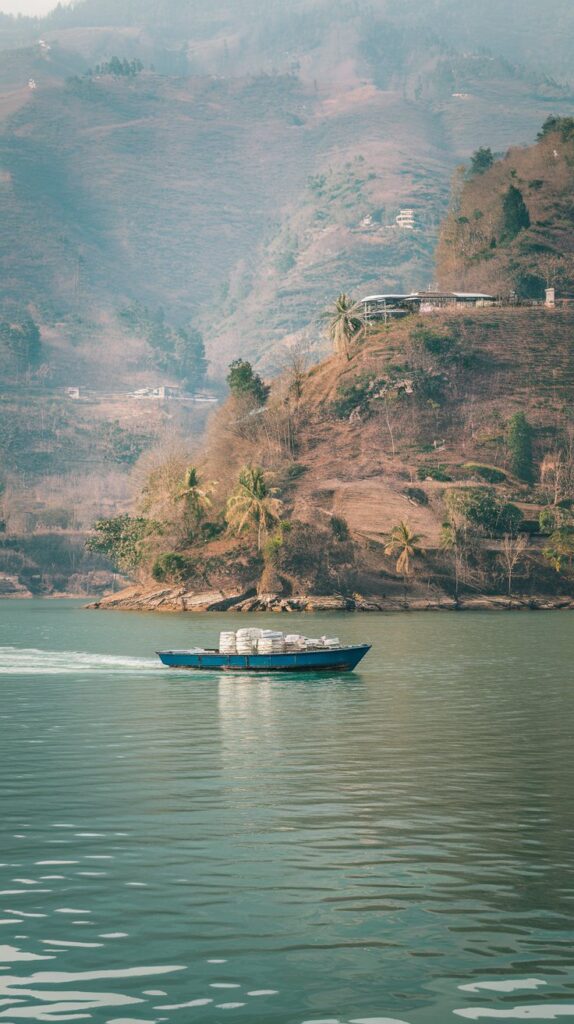
Sumatra is Indonesia’s wild frontier. The sixth-largest island on Earth, it boasts an impressive mix of active volcanoes, dense rainforests, and massive crater lakes. Lake Toba, the largest volcanic lake in the world, sits proudly in its northern highlands.
This island is home to some of the planet’s rarest creatures, including the Sumatran orangutan, tiger, and rhino—all critically endangered. Rich in culture and untamed in nature, Sumatra is a place of wonder and wilderness.
2. Borneo (748,168 km²)
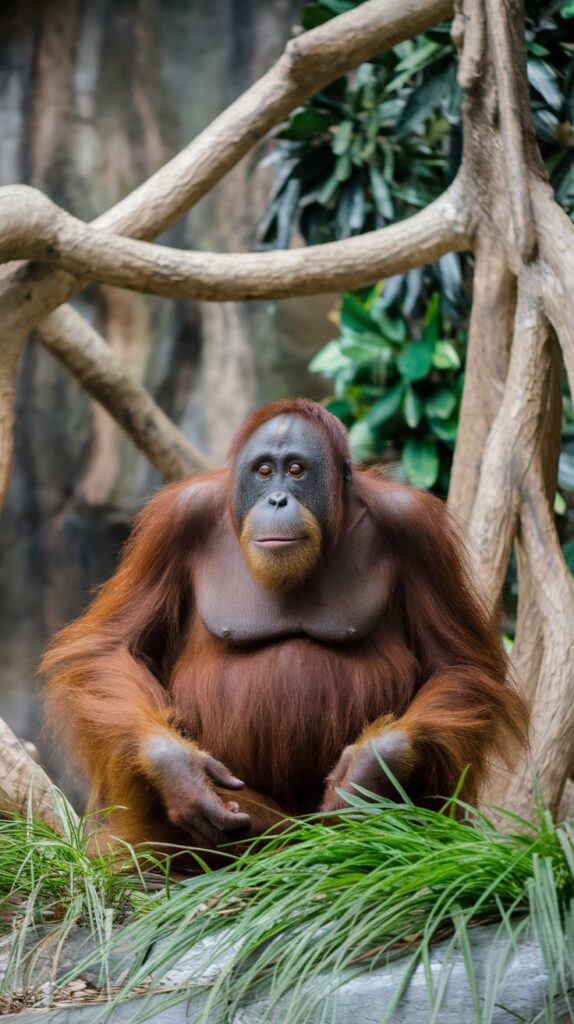
Borneo is the third-largest island in the world and is shared by three nations: Indonesia, Malaysia, and Brunei. Indonesia’s portion, known as Kalimantan, covers the lion’s share and is filled with one of the oldest rainforests on Earth.
Home to the elusive Bornean orangutan and countless other species, this ancient jungle has stood for over 100 million years. Rivers wind through its heart, connecting traditional villages and modern towns in a delicate balance of past and present.
1. New Guinea (785,753 km²)
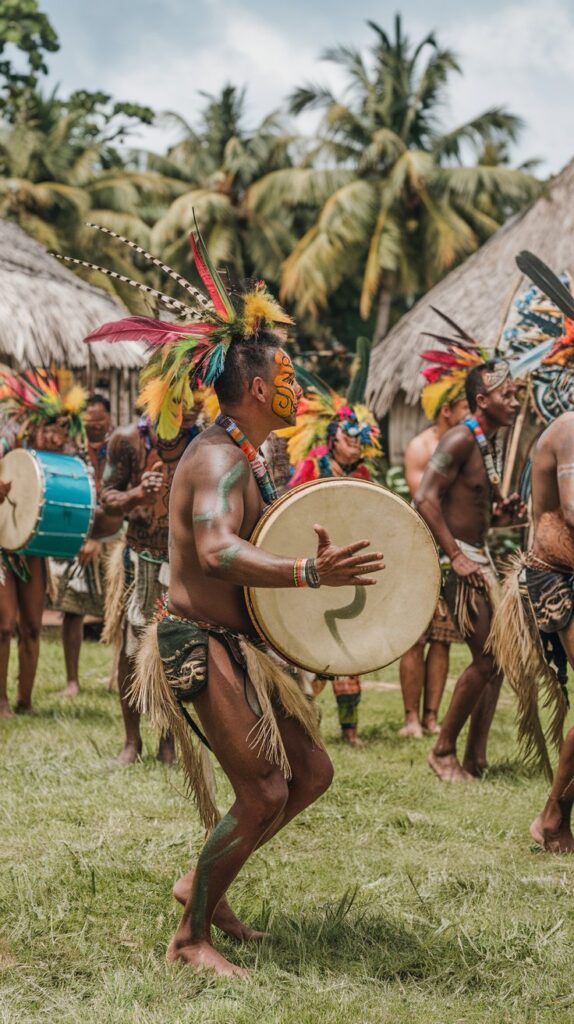
New Guinea is a land like no other. The world’s second-largest island, it’s shared between Indonesia’s Papua provinces and the independent country of Papua New Guinea. It stretches over 1,500 miles and is ringed by the Pacific, Coral, and Arafura Seas.
Indonesia’s western half of the island, known as Western New Guinea, is the only Indonesian territory that lies within Oceania. Covered in impenetrable jungles, towering mountains, and untouched rivers, it’s one of the last frontiers on Earth—remote, mysterious, and absolutely magnificent.

